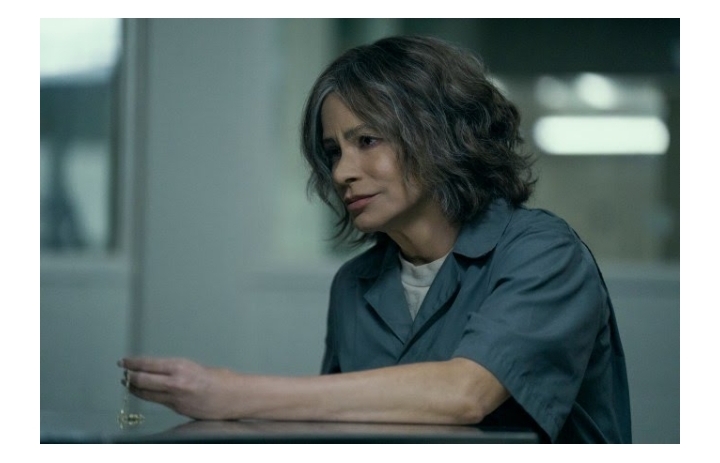CELEBRITY
Why Sofia Vergara’s White Dress in ‘Griselda’ Amplifies Her Transformation Into a Ruthless Drug Lord

Anatomy of a Character: Breaking down Sofia Vergara’s “Griselda” transformation.
Anatomy of a Character: Breaking down Sofia Vergara’s “Griselda” transformation.
Countless stories have been told about the male-dominated culture of drug kingpins such as Pablo Escobar and Joaquín “El Chapo” Guzmán, but little has been written about female Columbian drug lord Griselda Blanco.
“Every story you’ve ever heard about Griselda is that she’s a demon and monster, but it’s never that simple,” says “Griselda” executive producer and showrunner Eric Newman. In telling her story, there needed to be an emotional heartbeat to the character as they peeled back her layers, Newman says. “One thing that was important to us was that the audience loved her, and we got on her side quickly because she does some pretty horrible things.”
Netflix’s six-part limited series “Griselda” stars Sofía Vergara as a woman who flees Colombia and rises in 1970s Miami. There, she builds her cocaine empire and charts a downfall marred by paranoia, power and, ultimately, tragedy.
Vergara, who also executive produces the series, found that emotional heartbeat by showcasing the character’s maternal side.
“She wasn’t your regular gangster,” she says. “It was fascinating for me that she was a woman in that era — more ruthless, brutal, intelligent and fearless, but also a mother. I wanted to think that she had all the good intentions of providing, surviving and caring for her family and that her only motive was to support her family and to save herself.”
She adds, “But then you realize that there was a lot more to it, that there was a lot of stuff that she was doing just for herself or her ego.”
Composer Carlos Rivera saw Griselda as someone larger than life that could be treated with an operatic approach, especially as she gave several inspiring speeches to rile the people. With that in mind, he opted for big “orchestral and dramatic chords.” He also played music against type in the show’s opening scene. “When we reveal her wound, I put an English horn melody that was really beautiful against the visual, which was really almost grotesque,” he notes.
Griselda’s power peaks at the opening of Episode 5, when she has built up her empire to become the Godmother of the cocaine trade in South Florida.
Cinematographer Armando Salas designed the look of the show using the European 1.66:1 widescreen aspect ratio to frame Griselda. “I got thinking about framing and composing her and giving her a lot of power, and in the frame, she’s the focal point, but also being able to isolate her from other characters,” says Salas. “So, that aspect ratio allows us to make it about this one character and how she moves within it.”
Salas harkened back to the pilot for the episode’s opening shot. “We did a version of that techno crane shot that takes us through the dance floor, picks up with Rivi (Martín Rodríguez) moving through the crowd, past the bouncers and the camera keeps gliding through until it lands on Sofia’s close-up, and she’s dressed in white. The colors have shifted, and she’s dead center in frame with these men catering to her.”
He continues, “Without a single moment of exposition, she runs this town now… once that scene kicks in, you understand the power structure.”
Griselda’s paranoia has intensified. She should be celebrating power; instead, she’s destroying her relationships. The party that anchors the episode gets crazier and crazier. That festivity is “the launch point for her downfall,” says writer, creator and co-showrunner Doug Miro.
“Every shot was designed from her emotional and intellectual POV. Every time we’re composing people around her, it is to give this feeling that maybe they are conspiring against her even though they’re not,” Salas explains, noting that the colors shift to “a bit more nightmarish” to reflect that.











